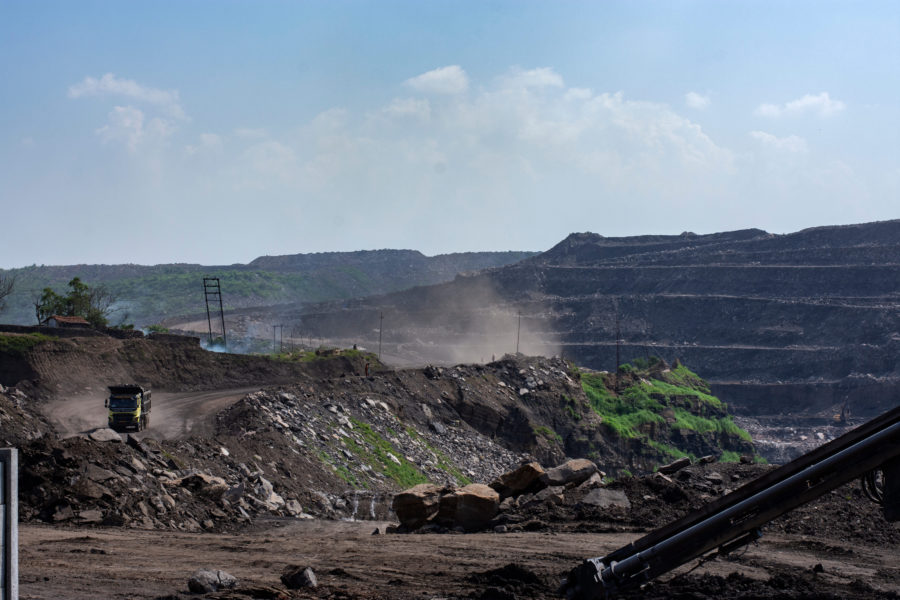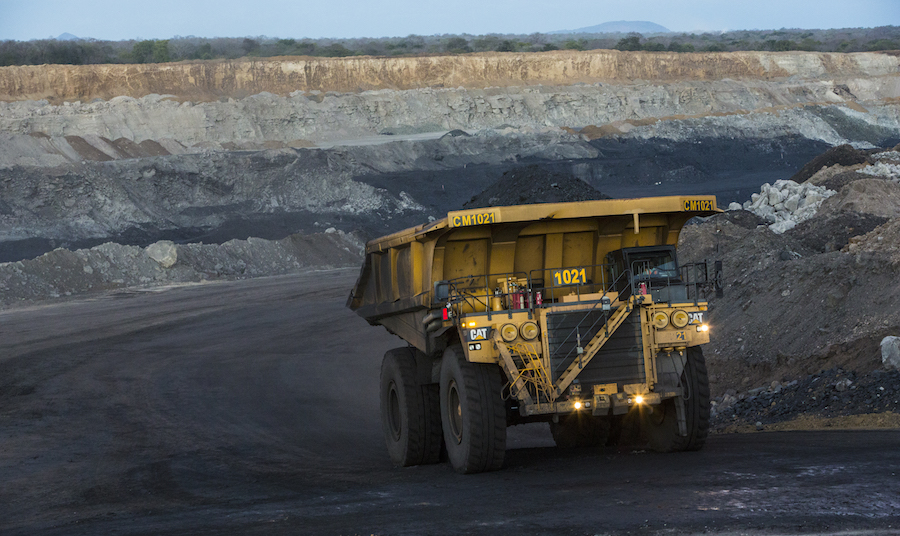Canada Cobalt Works turns to high-tech to explore historic Castle mine
Canada Cobalt Works (TSXV: CCW) kicked off a diamond drilling campaign at its Castle project in Ontario following a major discovery that was initially achieved by geophysics and recently supported by a high technology camera.
In a press release, the company explained that it has started using a custom-built borehole inspection camera to reach the “Robinson Zone” high-grade discovery, a drill hole that, in 2011, cut 1,194 oz/ton silver over 0.45 metres within a broader core length of 3.1 metres grading 189 oz/tonne silver.
A custom-built borehole inspection camera has let Canada Cobalt Works observe native silver at a vertical depth of approximately 420 metres
The camera has let Canada Cobalt Works observe native silver at a vertical depth of approximately 420 metres.
“The CCW technical team was able to view, identify and film the vein. This provided an invaluable geometric characterization of the unit, allowing for accurate plotting of a series of wedge holes designed to pierce the vein structure at four different points to immediately build out this high-grade discovery,” the miner said in the media brief.
Following the completion of the wedge holes, the company’s field team plans to drill a new hole to intersect the vein structure closer to the surface.
The 2,815-hectare Castle mine site is located 85 kilometres northwest of the historic Cobalt silver mining camp and occupies the terrains of a former producing mine of the same name.
According to CCW, the historic Castle mine operated at various times between 1917 and 1989 producing a documented total of 292,686,672 grams of silver and 376,053 pounds of cobalt from the No. 3 shaft with a further unspecified production between 1951 and 1966 coming from both Castle No. 3 and Capitol shafts.
More News
{{ commodity.name }}
{{ post.title }}
{{ post.date }}



Comments